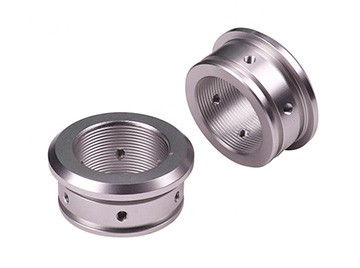Anodizing
Anodizing is a surface treatment process that uses electrochemistry to form a layer of Al2O3 (aluminum oxide) film on the surface of aluminum and aluminum alloy. Through anodic oxidation, the surface state and performance of the material can be changed, thus improving corrosion resistance, enhancing wear resistance and hardness, and protecting the metal surface. Non-ferrous metals or their alloys (such as aluminum, magnesium and their alloys) can be anodized. This method is widely used in mechanical parts, aircraft and automobile parts, precision instruments and radio equipment, daily necessities and architectural decoration.






